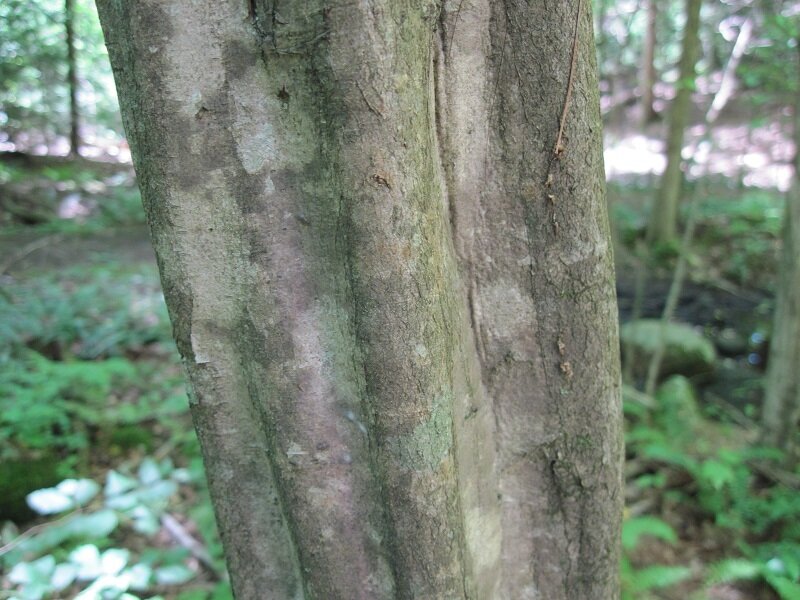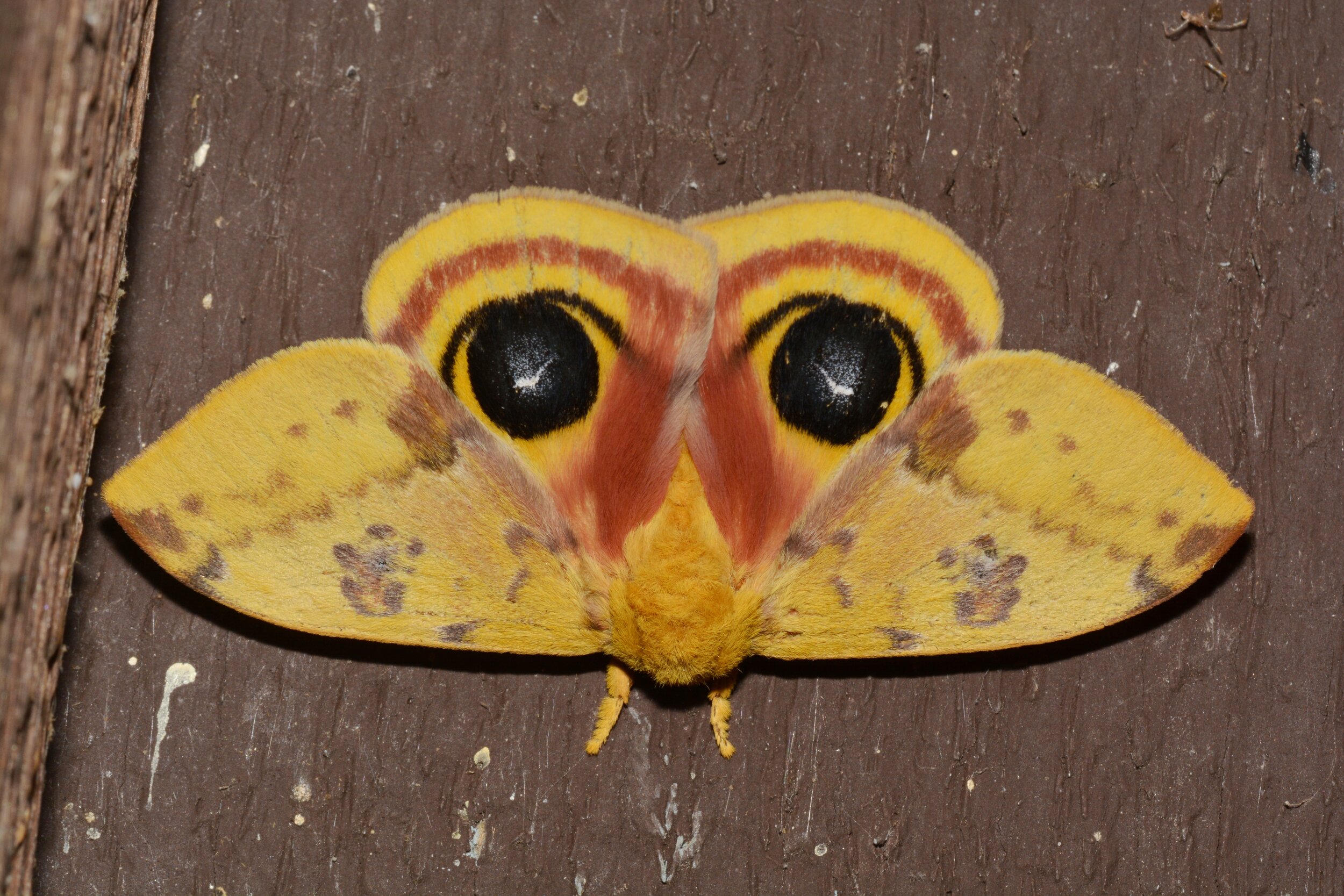Photo by Richard Webb licensed by CC BY-SA 3.0
Winter is when I really start to notice trees. Admittedly, I am pretty poor when it comes to tree ID and taxonomy but there are a few species that really stand out. One of my all time favorite trees is Carpinus caroliniana.
Carpinus caroliniana goes by a handful of common names including ironwood, musclewood, and American hornbeam. All of these names have been applied to other trees so I'll stick with its scientific name. Finding C. caroliniana is rather easy. All you have to do is look for its unmistakable bark.
Photo by Rob Duval licensed by CC BY-SA 3.0
With smooth, sinewy striations and ridges, it is no wonder how this tree got the name "musclewood." The wood is extremely close-grained and is therefore very hard, earning it another nickname of "ironwood."They are generally small trees, rarely exceeding a few meters in height, though records have shown that some individuals can grow to upwards of 20 meters in rare circumstances. I hope that someday I will be able to meet one of these rare giants.
Carpinus caroliniana is also an indicator of fairly rich soils. Due to their high tolerance for shade, they are often a tree of the mixed hardwood understory. Their foliage resembles that of the family in which they belong, the birch family (Betulaceae).
Photo by Katja Schulz licensed by CC BY 2.0
The caterpillar of the io moth (Automeris io)
An adult io moth (Automeris io). Photo by Andy Reago & Chrissy McClarren licensed by CC BY 2.0
A multitude of insect species utilize C. caroliniana as a larval food source including the famed io moth. In the spring, male and female catkins are born on the same tree and, after fertilization, they are replaced by interesting looking nutlets covered by leaf-like involucres. The seeds are an important food source for a variety of birds, mammals, and insects alike.
The male flowers of Carpinus caroliniana. Photo by Philip Bouchard licensed by CC BY-NC-ND 2.0
Carpinus caroliniana is a tree I could never get bored with. Not only does it have immense ecological value, it is aesthetically pleasing too. Its small size and shade tolerance also makes it a great landscape tree in areas too cramped for something larger. Why this species isn't more popular in native landscaping is beyond me.





